Just as S.T.E.M. industries are seeking more women, so is the seafood industry. More specifically, Julie Kuchepatov, founder of the Seafood and Gender Equality organization, better known as SAGE. Julie’s career has always centered around sustainability but since the start of the pandemic, she’s brought gender equality into the mix. That’s where SAGE comes in. Although this org. is a baby at just 3 months old, Julie’s resume in seafood sustainability is waaaaaaay longer than that, as you’ll soon see. But just to give you an idea, she helped run a thriving Atlantic salmon sport fishing lodge in the Russian Arctic for 13 years, and while working with Fair Trade USA, “Julie built a seafood program that impacted thousands of seafood producers and workers in Latin America, SE Asia, East Africa, and the United States and became a globally recognized solution to empower seafood workers, ensure workplace safety, and improve environmental sustainability.” Legit, y’all!
Let me quit talking and introduce her to you. Without further ado, Meet Julie Kuchepatov!
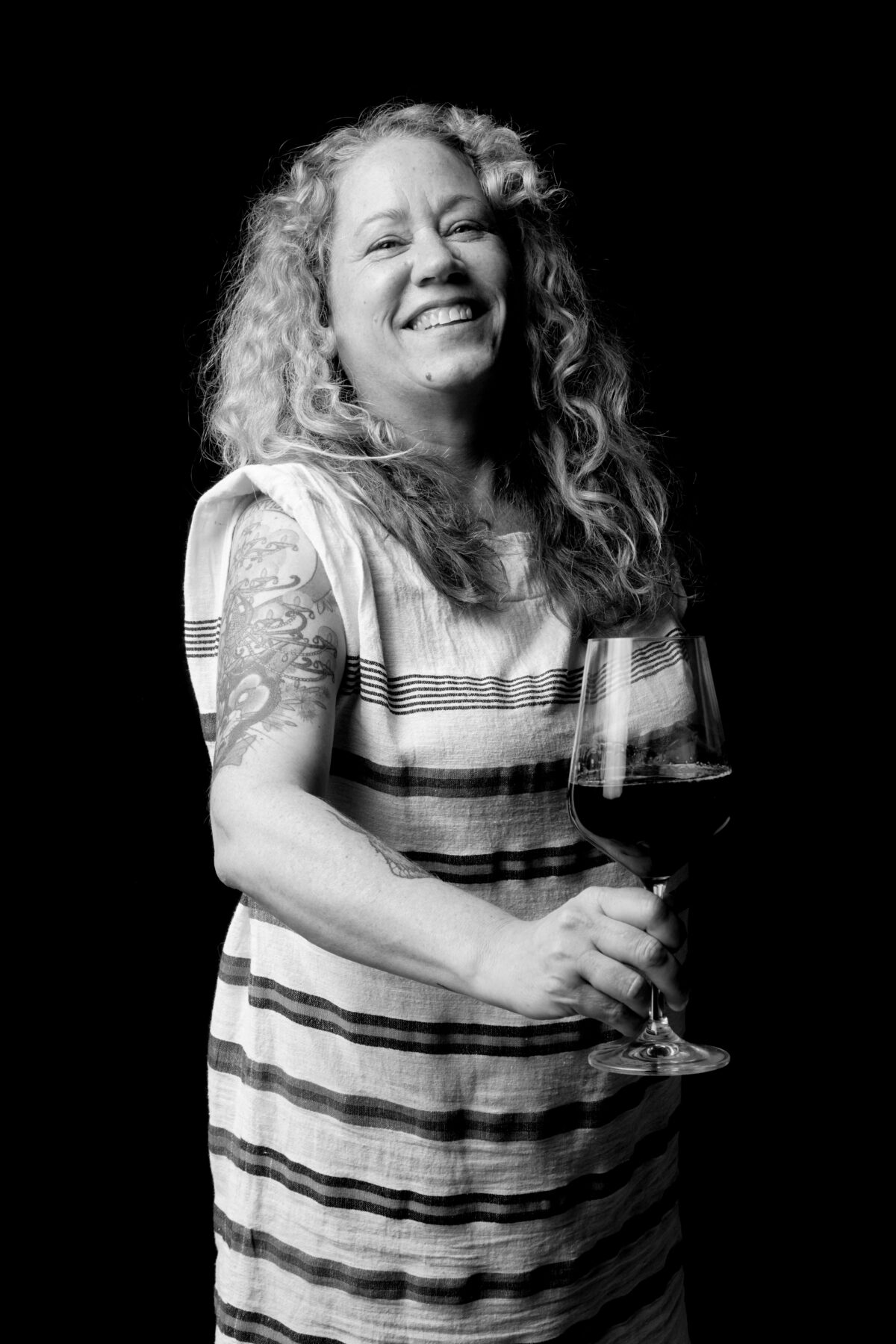
What is your name and where are you from?
Julie Kuchepatov. I’m from Portland, OR.
How did you first get involved in commercial fishing?
I started my journey in fisheries in 1994 at a sportfishing lodge in the Russian Arctic on a river called the Ponoi. The Ponoi is a special place with a wonderful and prolific run of wild Atlantic salmon. The lodge, which wasn’t really a lodge in the regular sense as the guests lived in well-equipped tents, was in its infancy when I joined the team. Because of the remote nature (you could only get there by helicopter) and the fact that the area was restricted during the Soviet period, fish were thriving and flyfishers were paid good money to wet their lines. Because of the unique condition of the salmon stock (most Atlantic salmon stocks in other countries, like Scotland and Canada, were nowhere near as prolific due to an enduring anthropogenic influence on the fishery), we started a conservation program for this special fish. The conservation program was a collaboration between the local Russian and Canada’s McGill Universities, and the anglers tagged the fish that they caught. It was, and still is, a special place.
I left the Ponoi after 13 years and returned to Portland. Shortly after completing graduate school, I started working at the Wild Salmon Center in the Sustainable Fisheries program. At the Wild Salmon Center, we worked to improve the environmental sustainability of salmon fisheries all over the Pacific rim. My focus was working with Russian commercial salmon fisheries and engaging them in tools that would help get them access to markets that cared about their sustainability efforts.
Over time, the sustainable seafood movement began to acknowledge that community wellbeing and social responsibility are important, and I felt very strongly that we should approach fisheries improvement more holistically. In other words, if people’s wellbeing was assured, they would become better environmental stewards. I soon landed at Fair Trade USA to lead the seafood program, where I am proud of the work the team did to support small scale fishermen, worker safety, and community wellbeing.
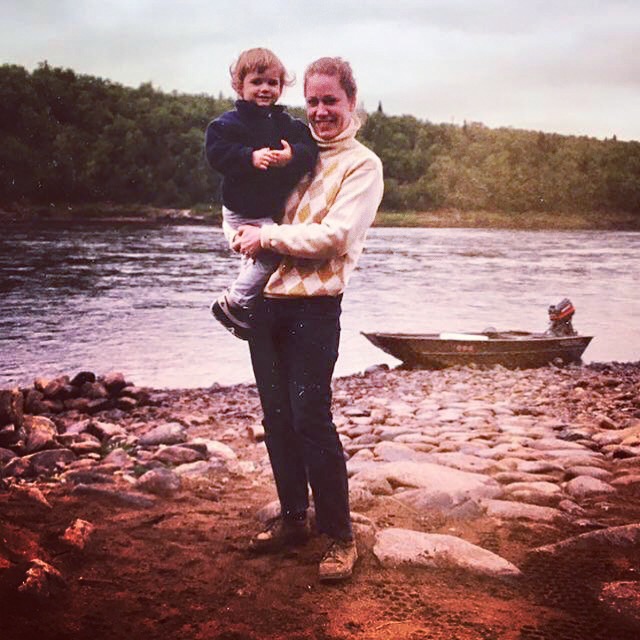
I noticed that you mention Atlantic and Scottish salmon. From my understanding, Atlantic and Scottish salmon mean farmed fish. But the way you describe it, it sounds like it’s wild-caught. This is a huge revelation for me! Could you please explain further? Do I have a completely backward?
Yes, I mention in the beginning this where I worked in Russia has a super prolific wild run and that other countries, like Scotland and Canada, USED to have before they were completely hammered. You can probably still find dribbles of wild run Atlantic salmon in these countries (like Iceland still has pretty good wild fishing), but the majority of Atlantic salmon that you find on the shelves in the U.S. and all over the world is indeed farmed. So, just like there are Pacific salmon all over the Pacific rim, there were wild runs of Atlantic salmon all over countries along the Atlantic, but they are mostly gone. Only the Kola Peninsula, where I worked, has tons of wild Atlantic salmon that are now fished mostly for recreational purposes. They remained so intact because of the iron curtain and the lack of infrastructure in this remote area of the world, which is still totally remote. You can check it out here. (You’ll find a 24-year-old me in the “museum” section, like an ancient artifact!).
How did the idea for SAGE come about? Was there a certain event or moment that comes to mind?
There are a couple of things that triggered the founding of SAGE. First, I lost my job at Fair Trade due to COVID-19. The pandemic has forced us to reevaluate our lives and what is important to us and I am no different. I’ve been involved in the sustainable seafood movement for a long time and wanted to continue to participate. I thought hard about how I can continue to provide value to improving global seafood production and giving back to an industry that has given me so much.
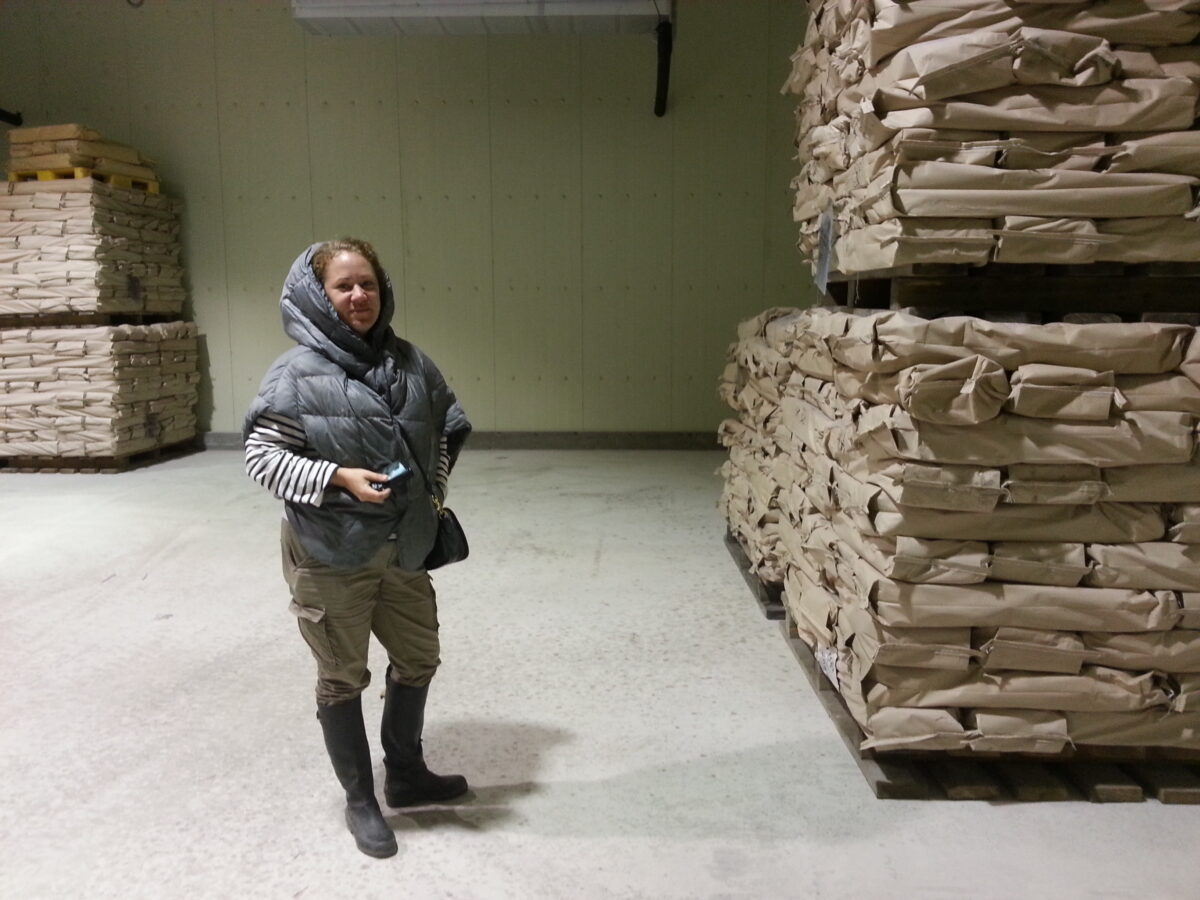
Second, there is a need for improving gender equality in global seafood production across the board – from on-the-water and in the supply chain to the upper echelons of the seafood industry and the market. There are many excellent people all over the world working to improve gender equality and build women’s empowerment, but this effort really needs “all hands on deck.”
Finally, I see this effort and SAGE as another evolution of the sustainable seafood movement and the good work the community has done over the last 20 years. Working hand-in-hand with the seafood industry, organizations in the sustainable seafood movement set a big goal – by 2030, at least 75 percent of global seafood production is environmentally sustainable or is making verifiable improvement and safeguards are in place to ensure social responsibility. Thanks to our collective efforts, 35 percent of global seafood production is currently either certified, rated, or in a fishery improvement project (FIP). To meet this ambitious goal, we will have to more than double the volumes of seafood production that is either certified, rated, or in a FIP in half the time.
SAGE was founded to build gender equality and women’s empowerment in global seafood production, as outlined in the Sustainable Development Goal 5, Gender Equality. SDG 5 is an accelerator, enabler, and indivisible of the other SDGs. I believe that implementing solutions to address SDG 5 will enable us to scale and accelerate efforts to achieve SDG 14, Life Below Water. I believe that we can reach this ambitious goal if we integrate activities into improvement initiatives that focus on building women’s empowerment and gender equality in global fisheries and fish farms.
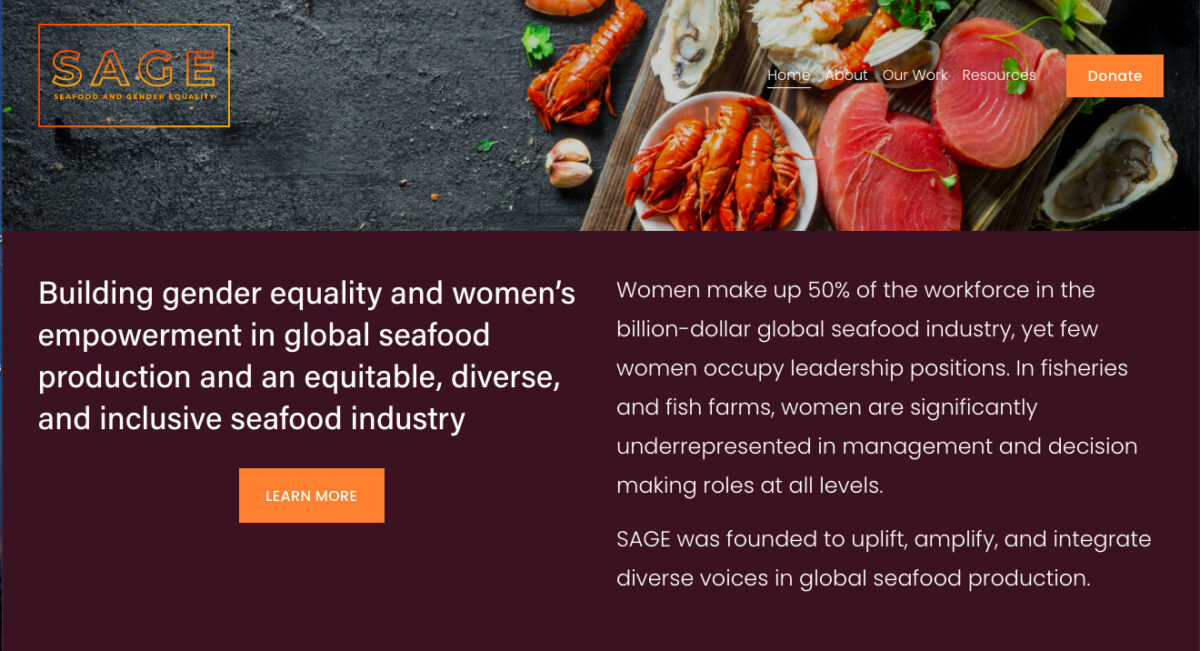
How long has SAGE existed?
SAGE celebrates its three-month anniversary on January 13!
What has been the biggest revelation since starting SAGE?
Before launching SAGE, I did a lot of informal research on the issues of gender equality in global seafood production and consultation with my peers and colleagues in the industry. I knew that there was a need to bolster current efforts, but I was unprepared for the sheer amount of support that came my way upon launch. People were so enthusiastic and sent so many kind and amazing messages to me. It was a little overwhelming. On the one hand, I was happy that people were so supportive, but on the other hand, it proves that there is such a need and that’s pretty heavy. As a woman working in this industry for a long time, I know that women need better support systems and advocates, but the extent of this need was a big revelation.

How have you seen a change in the industry since SAGE was founded?
Change of any magnitude takes time, so the answer is not yet! In order to evaluate change, there should be some sort of benchmark against which to measure. This doesn’t really exist yet, so SAGE intends to do this in 2021. I’ll conduct a robust survey in order to understand from people in the seafood industry, in their own words, what they see as the barriers to gender equality. Based on this information, we can then create and implement solutions and tools to address these barriers and monitor, measure, and evaluate along the way. I’m excited to do this and I think it will provide a roadmap for improving gender equality in our industry.
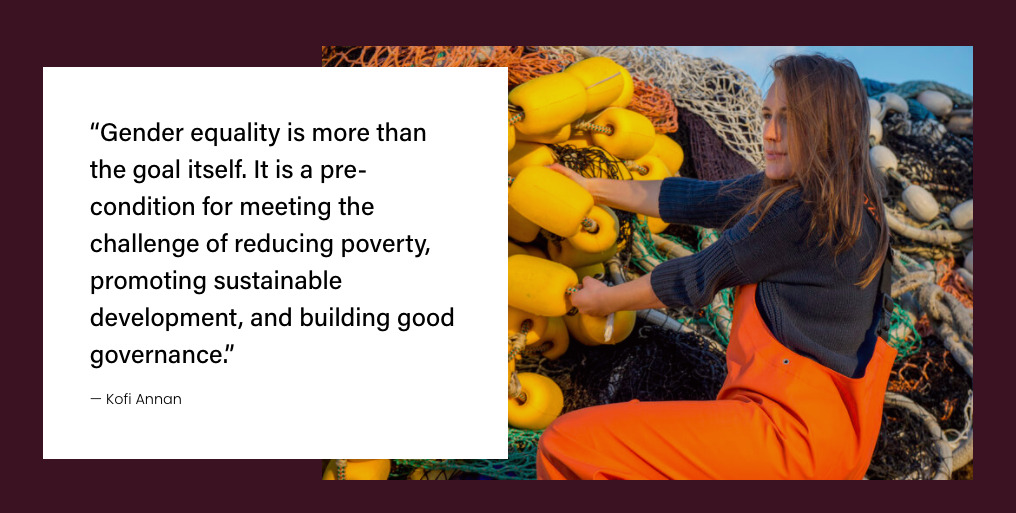
How can others get involved and what can they expect?
I have many plans contingent on funding and capacity – two things I need more of! SAGE’s mission is to uplift, amplify, and integrate diverse women’s voices in global seafood production, so building a platform to do that is mission-critical. In 2021, in addition to conducting a baseline assessment of barriers to gender equality and women’s empowerment in the seafood industry, I’m launching a podcast and a digital magazine to showcase these voices and give women an opportunity to tell their story, in their own words. Stay tuned for future announcements around those communication activities! People can get involved by supporting SAGE’s media efforts and following us (and commenting!) on all social media channels (except Tik Tok; that’s probably not going to happen…..). You can find us on Instagram and Twitter.
Is there anything you’d like to add?
Thank you so much for giving me the opportunity to share a little bit about myself and SAGE. I’m really excited to support the seafood industry and people of all genders who find themselves in this incredible field. Fish is so important in so many aspects, so keep eating it, but always ask where it’s from, and don’t be intimidated to cook it!

Pingback: So Cool! Partners of Commercial Fishermen Feat. on The Conch Podcast : Megan Waldrep